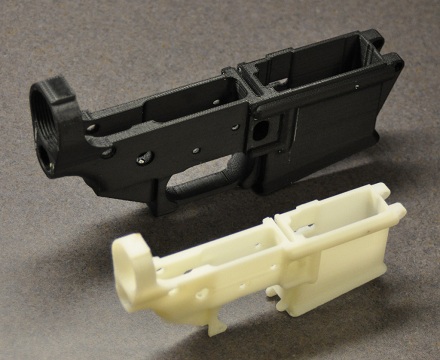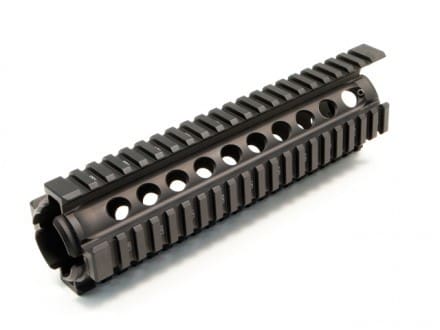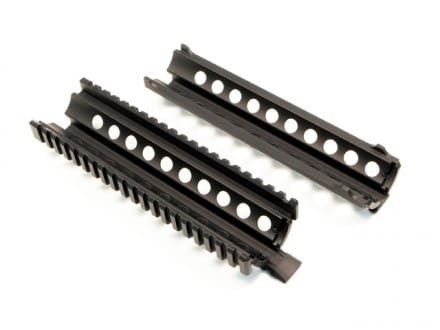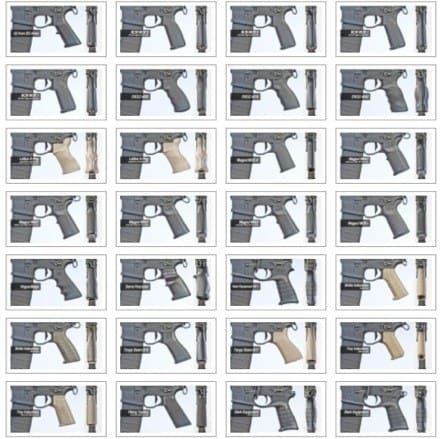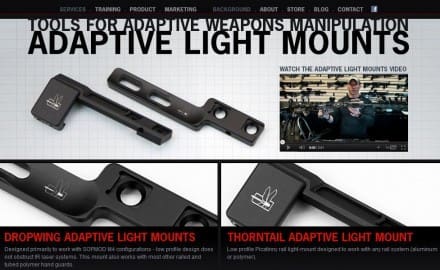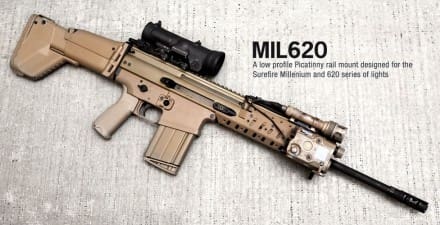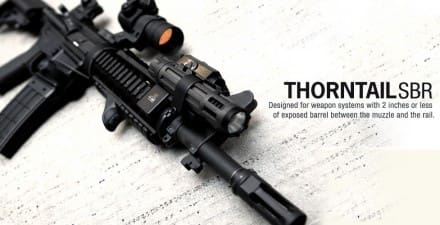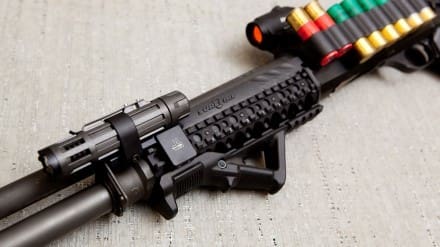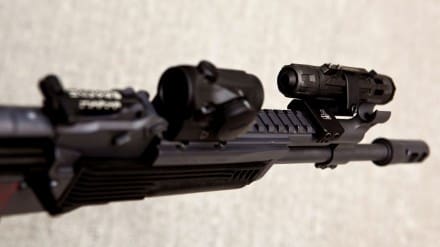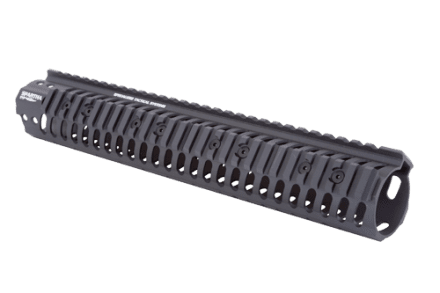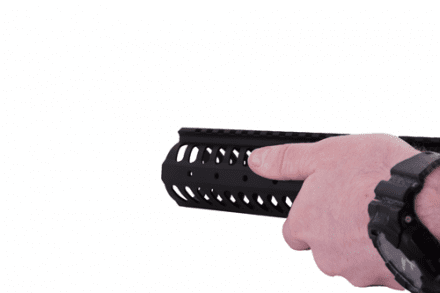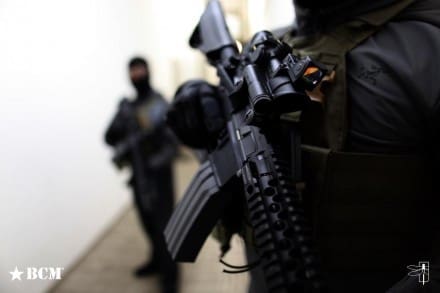Tactical Fanboy picked this up the other day. Despite assertions elsewhere, by no means is this the first 3D printed firearm. It’s starting to make its way into the Main Stream Media and of course timing couldn’t be better so the ‘plastic’ gun and ‘anyone can print a gun’ talk has already started. To be sure, 3D printing is the next big thing. Industry is way out on front of Government on this issue as they are more concerned with patent and copyright infringement than anything else. Expect to see industry propose legislation to attempt to throttle printers in order to suppress certain types of items being produced.
The big issue in this instance is that a lower was produced. As far as ATF is concerned, that is the firearm. It is legal to build your own gun. However, as this technology proliferates, what would stop someone who cannot legally possess a firearm from printing critical parts and assembling a gun from the parts he couldn’t produce in house? A heavy question that balances liberty and social responsibility.
Will LE one day be on the lookout for unlicensed printers connecting to the network? Will everything we print have to be approved by a central server? Will printing certain items become illegal? These are all issues we will face in the not-too-distant-future. The capability presented by the 3D printer makes it an absolute Disruptive Technology.
HaveBlue of AR15.com has managed to create a working polymer AR-15 lower made from a 3D printer, specifically a mid 90’s Stratasys 3D printer. So far, the lower has been combined with a .22 LR upper, with over 200 rounds fired and no issues. A 5.56 upper was also used, with some feeding and extraction issues, however according to the creator this upper has also had problems with a standard aluminum lower.
A few other articles I’ve seen on this project have instantly jumped at the chance to (incorrectly) claim people now have the ability to create fully-functional firearms using just a 3D printer, so in the name of truth and fairness, I feel it’s important to mention that only the lower was created with the printer, not the trigger assembly and other required components.
AR-15.com thread detailing the project


